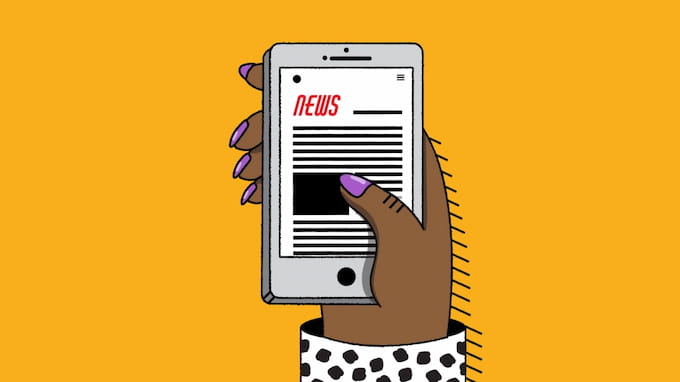The Internet of Things (IoT) is undeniably revolutionizing the healthcare business by rethinking the space of devices and human contact in delivering healthcare solutions. IoT in health care assists patients, families, clinicians, hospitals, and insurance companies.
IoT-connected gadgets have allowed remote monitoring in the healthcare industry, unlocking the potential to keep healthy and safe for patients while also empowering physicians to provide exceptional care. Patient experience and happiness have also increased as contacts with doctors have gotten simpler and more effective. Additionally, remote monitoring of a patient’s health helps to shorten hospital stays and prevent re-admissions. IoT also has a major effect on reducing healthcare costs and improving treatment outcomes.
How is IoT Solving Painpoints in Health Care?
The Internet of Things is progressively making its way into healthcare, both for doctors and patients. Ultrasounds, thermometers, electrocardiograms, glucose monitors, and other devices are becoming more connected, allowing patients to follow their health. This is critical in cases requiring follow-up appointments with doctors.
Several hospitals have begun to use smart beds, which can detect a patient’s presence and automatically adapt to the optimum angle and pressure to give appropriate support without the necessity for a nurse to assist.
The Internet of Things could potentially assist to improve medical care at home. Unfortunately, some patients do not take their medication in the proper doses or at the proper times. Smart medication dispensers in the home might automatically upload data to the cloud and notify doctors when patients fail to take their medicines. In general, this type of technology could alert clinicians to potentially hazardous patient behavior. Let’s see how is IoT used in health care!
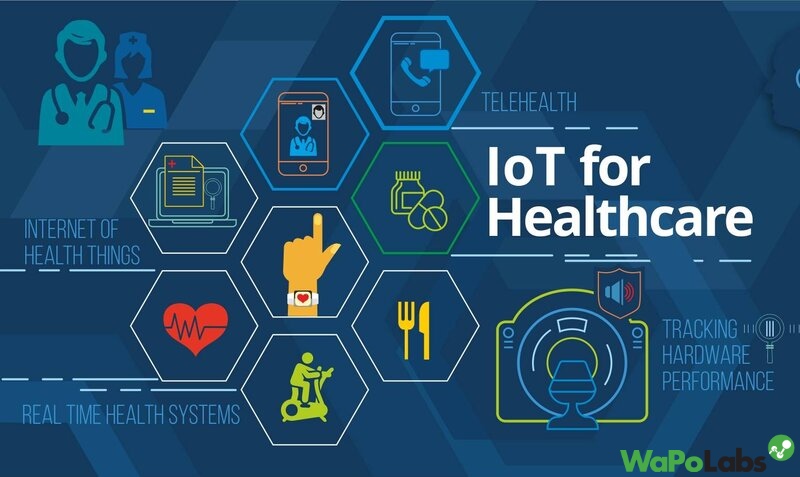
Remote patient monitoring
The most typical application of IoT devices in health care is remote medical monitoring. IoT devices can gather health indicators such as heart rate, blood pressure, temperature, and many more from clients who are not physically available in a healthcare facility, removing the need for patients to travel to clinicians or collect it themselves.
When an IoT device captures patient data, it sends it to a software IoT application in health care where it may be seen by healthcare professionals and/or patients. Algorithms can be utilized to analyze data and make recommendations or produce alarms. An IoT sensor, for example, that detects an exceptionally low heart rate in a patient may create an alarm so that healthcare practitioners can intervene.
A significant difficulty with remote patient monitoring devices is guaranteeing the security and privacy of the extremely personal data that these IoT devices collect.
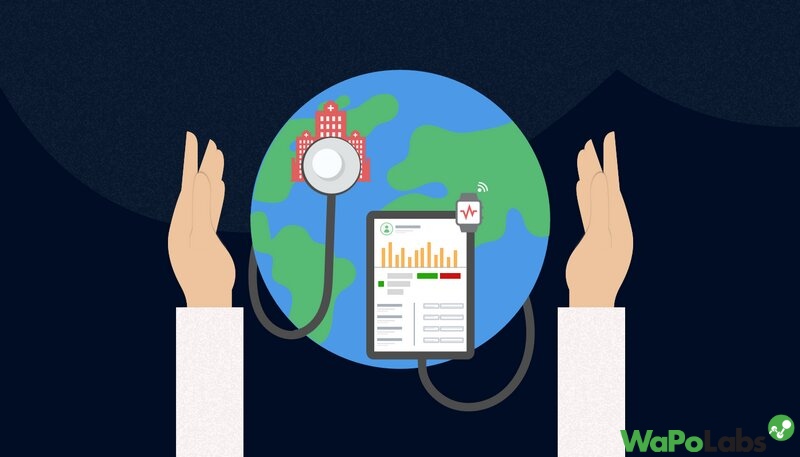
End-to-end connectivity and affordability
With the support of healthcare mobility solutions and other innovative IoT technologies, as well as next-generation healthcare facilities, IoT helps automate patient care processes. IoT in healthcare offers interoperability, artificial intelligence machine-to-machine connection, information sharing, and data transfer, all of which contribute to the effectiveness of healthcare service delivery.
Connectivity protocols: Bluetooth LE, Wi-Fi, Z-wave, ZigBee, and other modern protocols, health professionals can transform the way they detect illness and maladies in patients, as well as invent novel ways of treating across various healthcare professions.
As a result, a technology-driven setup reduces healthcare costs by reducing unnecessary visits, employing higher-quality resources, and optimizing allocation and planning.
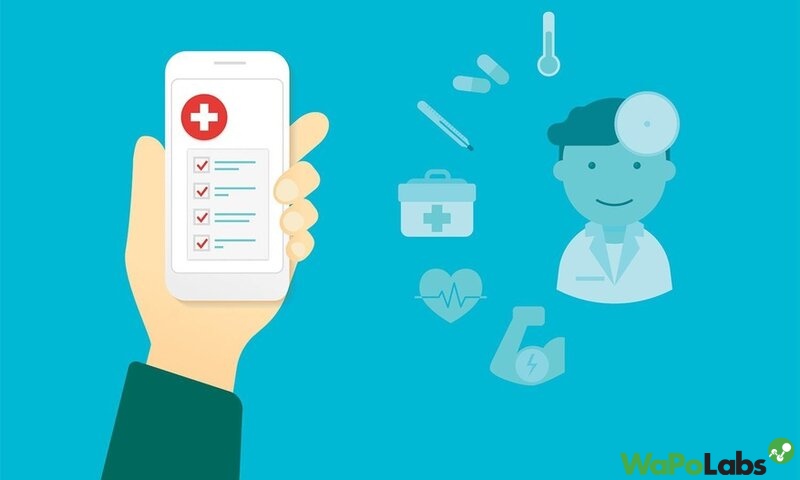
Glucose monitoring
Glucose monitoring has long been challenging for the more than 30 million Americans who have diabetes. In addition to being inconvenient to monitor glucose levels and manually record data, it also reports a patient’s glucose levels only at the moment the test is performed. Periodic testing might not be enough to uncover an issue if levels change considerably.
IoT devices in heath care are able to address these issues by offering continuous, automatic glucose monitoring in patients. Glucose monitoring systems minimize the need to keep paper records and can warn patients when glucose levels are abnormal.
Developing an IoT device for glucose monitoring that:
- is lightweight enough to monitor continuously without disrupting patients;
- somehow doesn’t consume so much energy that it requires to be recharged regularly.
These aren’t insurmountable obstacles, and devices that meet them have the potential to transform the way patients manage glucose monitoring.
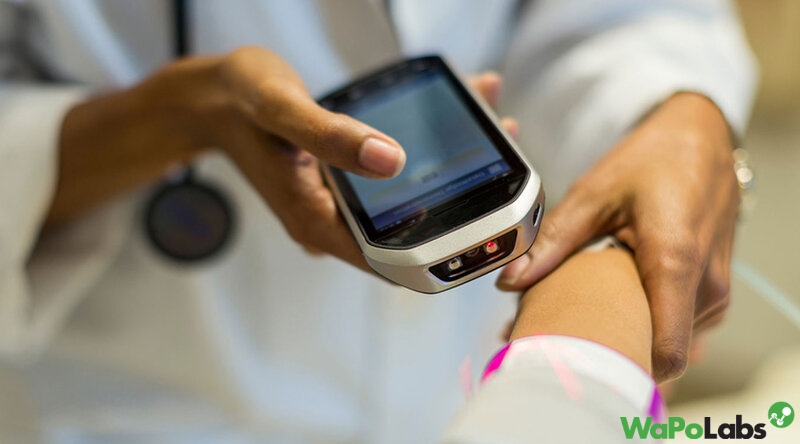
Heart-rate monitoring
Monitoring heart rates, similar to glucose, can be difficult, even for clients who are present at healthcare facilities. Periodic heart rate checks can not protect against abrupt swings in heart rates, and traditional methods for continuous cardiac monitoring used within hospitals require patients to be permanently tied to wired machines, limiting their movement.
Today, a range of compact IoT devices for heart rate tracking is available, allowing patients to walk around freely while their hearts are continuously monitored. Although achieving ultra-accurate data remains difficult, most current equipment may achieve accuracy rates of 90 percent or more.
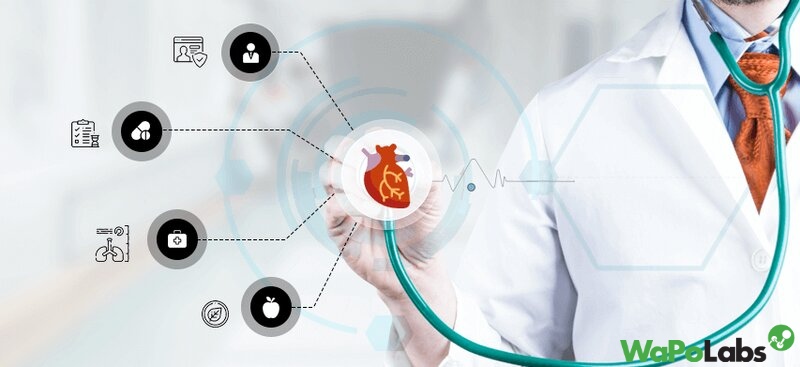
Data assortment and analysis
The vast volume of data that a healthcare device transmits in a very short period of time due to its real-time application is difficult to organize and store if cloud connectivity is unavailable. Even for healthcare workers, manually acquiring data from many devices and sources and analyzing it is a risk.
IoT devices can gather, report, and analyze real-time data, eliminating the need to store raw data. This can all take place on the cloud, with providers only having access to final reports with graphs. Furthermore, healthcare operations enable firms to obtain critical healthcare analytics and data-driven insights, which speed up decision-making and reduce the likelihood of errors.
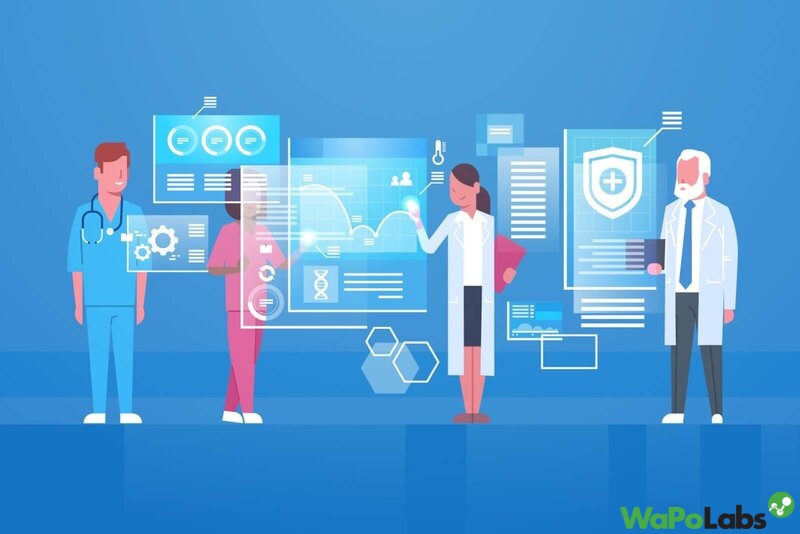
Depression and mood monitoring
Another sort of data that has generally been difficult to gather constantly is information about depressive symptoms and patients’ general mood. Healthcare providers may ask patients how they are feeling on a regular basis, but they are unable to predict unexpected mood shifts. Furthermore, patients frequently do not adequately record their feelings.
These issues can be addressed by “Mood-aware” IoT devices. Devices might infer information about a patient’s psychological condition by capturing and analyzing data such as blood pressure and heart rate data. Advanced IoT devices for mood monitoring even can track data such as a patient’s eye movement.
The main issue here is that measures like these cannot accurately anticipate depression symptoms or other causes of concern. A standard in-person mental assessment, on the other hand, cannot.
Remote medical assistance
In the event of an emergency, patients can use smart smartphone apps to contact a doctor who is thousands of kilometers away. With mobility solutions in healthcare, doctors may check on patients and diagnose illnesses while they are on the go.
Furthermore, various IoT-based healthcare delivery chains are planning to construct machines that may distribute drugs depending on a patient’s prescription and disease-related data available through linked devices. IoT will revolutionize hospital patient care. As a result, people’s healthcare costs will be reduced.
Research
Healthcare IoT applications may also be utilized for research. It is because IoT allows us to collect massive amounts of data on the patient’s illness that would have taken years to obtain manually.
This data can then be used for statistical studies to help in medical research. Thus, IoT not only saves time but also money that would otherwise be spent on research. As a result, IoT has a significant impact on the field of medical research. It permits the development of larger and better medicinal treatments.
IoT is employed in a range of devices to improve the quality of healthcare services provided to patients. Even existing equipment is being updated by IoT by simply adding smart healthcare device chips. This chip improves a patient’s need for support and care.
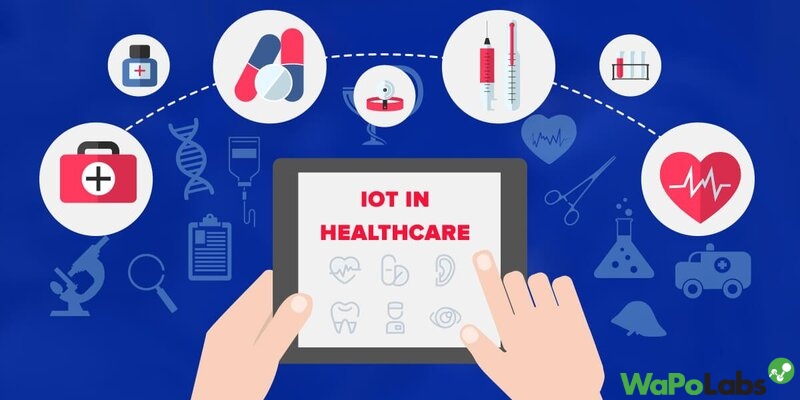
Why is IoT Safety in Health Care Important?
Critical security concerns must be addressed in order to achieve the most of IoT in healthcare.
Above all, IoT device manufacturers, managers, and medical providers must guarantee that data acquired by IoT devices is securely secured. Much of the data acquired by medical devices are considered protected health information under HIPAA and related laws. As a result, if not adequately protected, IoT devices could be utilized as gateways for stealing critical data. Indeed, 82 percent of healthcare businesses have reported attacks on their IoT equipment.
One step toward tackling this difficulty is the development of secure IoT hardware and software. Equally crucial is guaranteeing that IoT devices in healthcare are appropriately controlled in order to prevent data from unmonitored devices from slipping into the wrong hands and other potential IoT risks in health care. For instance, a patient monitoring device with an older version of the firmware or equipment, or a device that has not been properly decommissioned after it is no longer required, could provide an opportunity for attackers to access a network or steal sensitive health information.
Proper detection and classification of all IoT devices on a healthcare provider’s network helps to mitigate this danger. Managers can analyze device behavior to discover anomalies, make risk assessments, and segment susceptible from mission-critical endpoints once IoT device networks have been appropriately recognized, categorized, regulated, and secured.
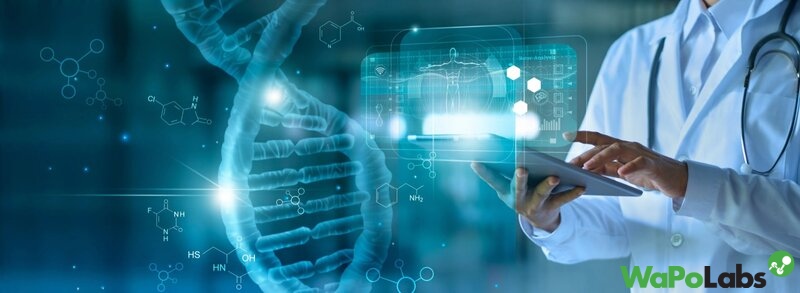
Final Words about IoT in Health Care
The Internet of Things is about to revolutionize how we live and work. And, if fully realized, it will drastically alter every element of our life.
This type of disruption is visible in the healthcare industry, where pen and paper have been the dominant way of collecting patient information for decades. However, healthcare technology is rapidly evolving.
Patients can now arrange appointments using digital healthcare applications rather than calling a doctor’s office and waiting for a receptionist. Through apps on mobile cell phones, healthcare information technology allows clinicians to bring information with them wherever they go.
In a nutshell, IoT in health care alters the way healthcare facilities are offered. By combining tiny modifications, these technologies make the product better and have a larger impact
Above are the best sharing about “IoT in health care” from Wapolabs. Hope you are satisfied with this information.
Wapolabs USA
- Address: 1301 K Street NW Washington, D.C., U.S. 20071
- Phone: 0190-8286
- Email: [email protected]
- Twitter: https://twitter.com/wapolabs
